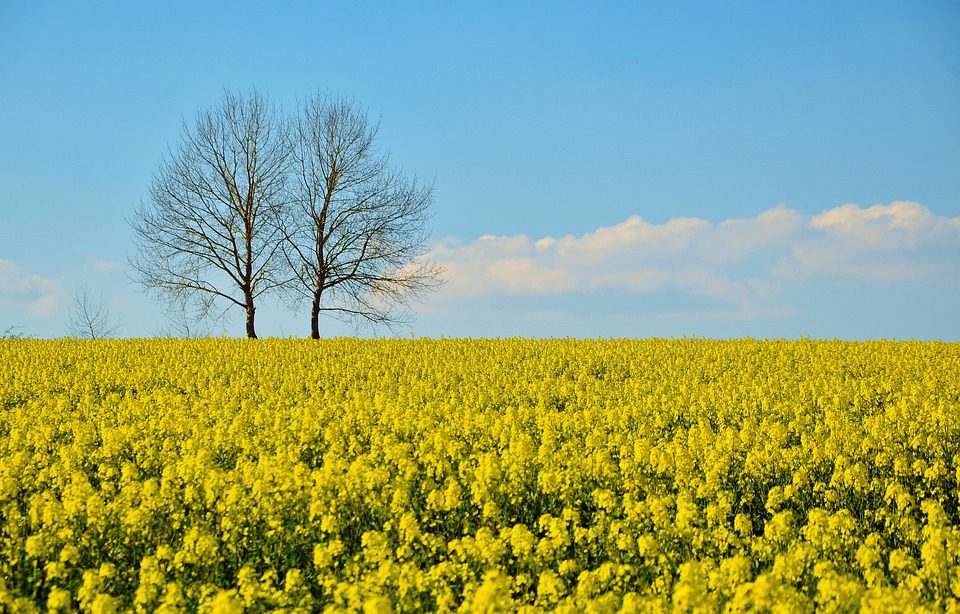The most recent ‘Tillage Edge’ podcast from Teagasc features a discussion on the best disease control measures to implement in oilseed rape crops.
Teagasc’s, head of crops knowledge transfer department, Michael Hennessy hosted the podcast and confirmed the tremendous proliferation of rape across the country at the present time.
He said: “Most of these crops are looking tremendously well. However, a significant proportion will not reach harvest next July, as they were sown out as brassica fodder options for the coming winter months or as cover crops.”
It has been estimated that the area of winter oilseed rape sown over recent weeks is up 30% year-on-year, which would push the actual ground cover up to around 11,000ha.
Margin for rape crops
According to Hennessy the projected price at harvest next year of €520/t should leave a good margin for growers.
He commented: “But nitrogen prices will rise substantially in 2022. And this trend will act to reduce grower margins somewhat. However, if the current green leaf cover is maintained on rape crops until next March, this will substantially reduce growers’ reliance on fertiliser nitrogen at that time, thereby preserving margins.
“Another factor to consider is the disease control measures that should be implemented for these crops.”
Hennessy discussed this latter point in some detail with Teagasc plant pathologist Stephen Kildea.
Fungicide options for rape
Specific reference was made to the best fungicide options that can be used with rape and how these treatments can impact on crop height.
According to Kildea, crops sown out in excellent conditions during August and early September are not too advanced for this time of year.
He added: “We have had some very good establishment rates confirmed over recent weeks.
“Rape crops are where we want them to be. But given the excellent growing conditions that these crops have experienced, there is also a higher risk of them being exposed to disease attack.
“At this time of the year, the two main diseases that can impact on rape crops are Phoma and light leaf spot.”
KIldea confirmed that Phoma is characterised by a white spot or lesion on the leaf.
He explained: “Later in the growing season, infections of this nature can lead to a condition called stem canker.
“The end result here will be lodging problems and the premature senescence of the crop. But the problem is created at this time of the year.
“The mild conditions that predominate in Ireland predispose winter rape crops to light leaf spot.
“It will appear very quickly and can cause a lot of damage.
“This is seen in the early spring months as the disease acts to nip-off growing pods prior to then being pollinated.
“The knock-on effects, in terms of final crop yields, are obvious,” he concluded.
